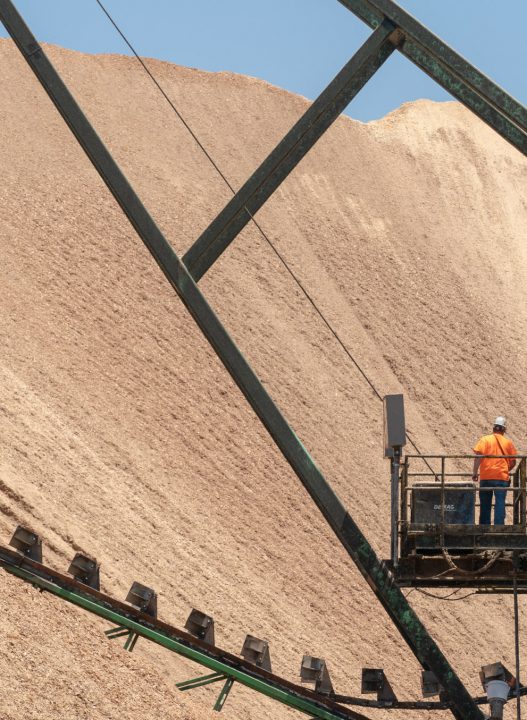Responsible Sourcing Policy
We launched our enhanced and expanded global Responsible Sourcing Policy (RSP) in 2019, which clarifies Enviva’s commitment to forest stewardship in three critical areas: 1) at the tract level, with strict standards for forest sourcing; 2) throughout our supply chain, with provisions for verification, transparency, and reporting; and 3) in pledges for conservation leadership on landscape-level challenges and opportunities.
Building on our foundation
Measurable goals
With this RSP, we build on our standards of sustainable forestry to better conserve key ecological values. We also adopt into this policy our critical view of Enviva as a steward of diverse, thriving forested landscapes and as a key player in collaborative efforts to address landscape-level conservation priorities at scale.
Within the RSP framework, we will define and communicate our continuous improvement process through annual Implementation Plans, which set measurable goals by which we seek to make demonstrable progress toward the commitments made in our RSP. We are working deliberately over time to ensure that 100% of our sourcing meets our expectations.
Reporting on Our Progress
RSP Implementation Plans and Impact Reports
Our Implementation Plans outline new goals and initiatives to meet our RSP provisions throughout the year. In some cases, we are building upon the work we’ve started in previous years, and in others, we are taking the first steps on new initiatives, expanding on the tools we have to reach our goals.
Our Implementation Plans are the beginning of our reporting cadence: at midyear we report on our progress to date, and at the end of the year we release our annual Impact Report. The Plans are laid out in three sections, following the structure of our RSP: sustainable forestry standards, verification and transparency, and pledges in conservation leadership across the U.S. Southeast.
-
2021
View our 2021 Impact Report.
View our 2021 Mid-Year Progress Report.
View our 2021 Implementation Plans.
-
2020
View our 2020 Impact Report.
View our 2020 Mid-Year Progress Report.
View our 2020 Implementation Plans.
-
2019
View our 2019 Impact Report.
View our 2019 Mid-Year Progress Report.
View our 2019 Implementation Plans.
Goals and objectives
Our 2020 Impact Report
Our 2020 Implementation Plans outline new goals and initiatives to meet our Responsible Sourcing Policy provisions throughout the year. In some cases, we are building upon the work we’ve started in previous years, and in others, we are taking the first steps on new initiatives, expanding on the tools we have to reach our goals.
We continue to be excited to put our plans into action, even in today’s challenging environment.
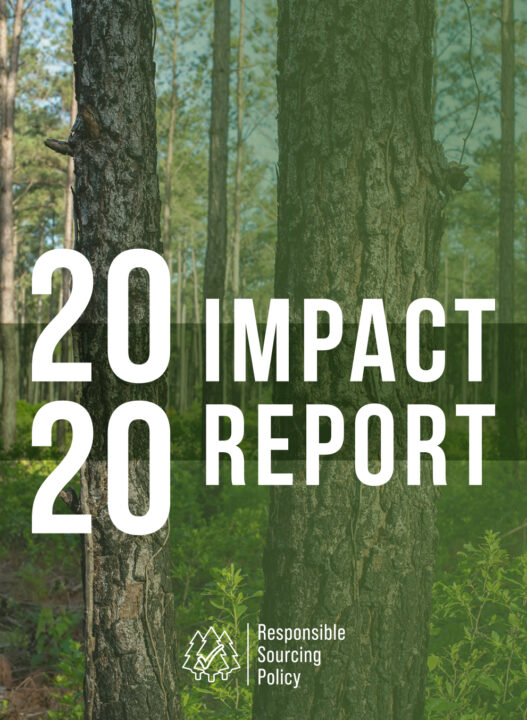

Our sourcing
Where our wood comes from
Wood procured by Enviva falls into the following categories:
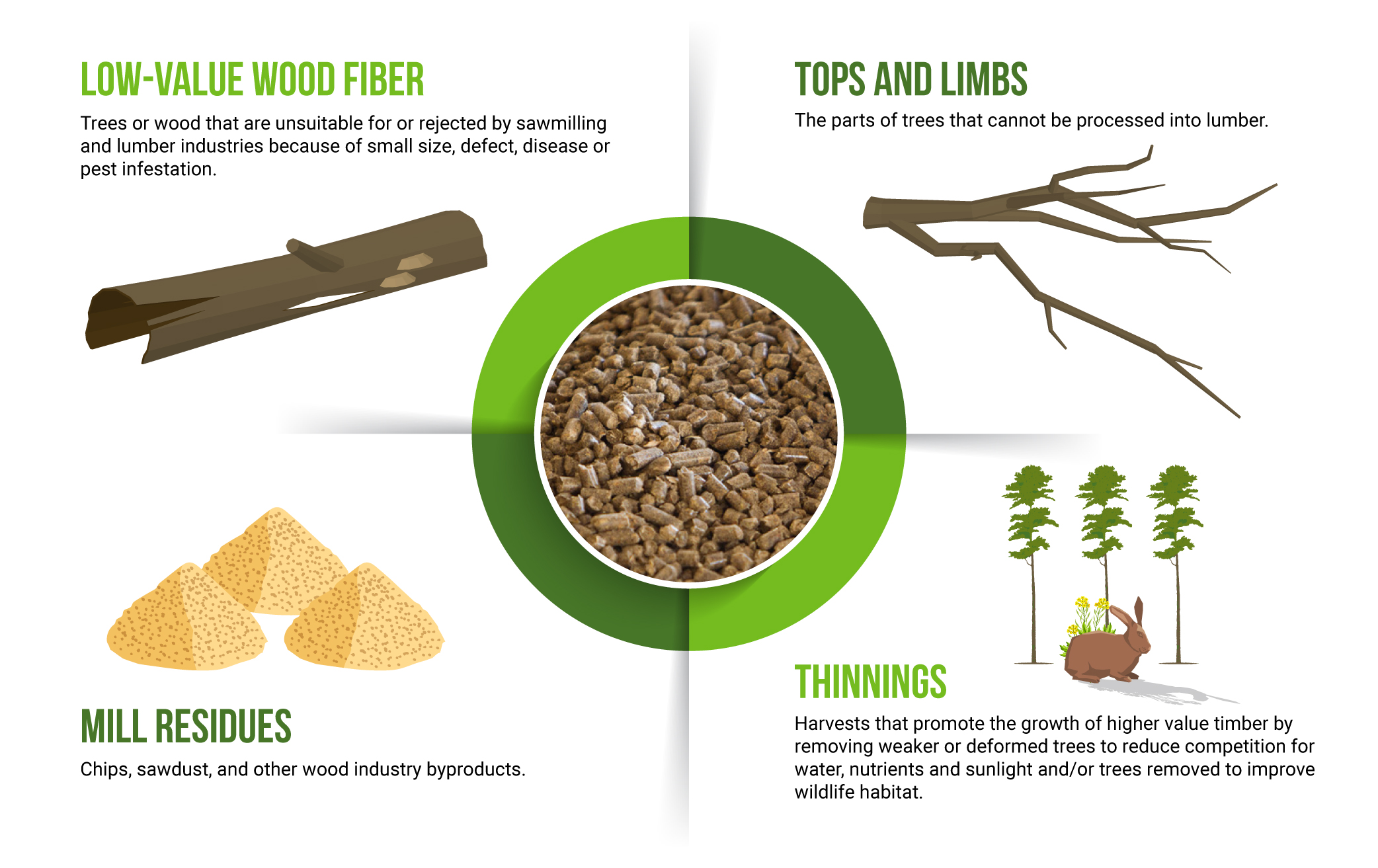
Identification and Protection
High Conservation Value bottomland forests
To protect bottomland forests in Virginia and North Carolina, where Enviva has five pellet production facilities, we partnered with the U.S. Endowment for Forestry and Communities, which independently identified bottomland forest ecosystems that may possess High Conservation Value (HCV) attributes. Enviva made a commitment not to source wood from these HCV bottomland ecosystems.
However, because most bottomland hardwood forests are working lands that do not fall into these HCV categories, identifying tracts with HCVs is a difficult, nuanced process. Enviva has developed a detailed system for assessing whether there is a risk that a bottomland forest has HCV characteristics and whether sourcing from that tract would honor our commitment to the forest landscape. We will only agree to purchase wood from a harvest once we have determined that the tract is a working forest that is likely to regenerate with the desired composition of species.
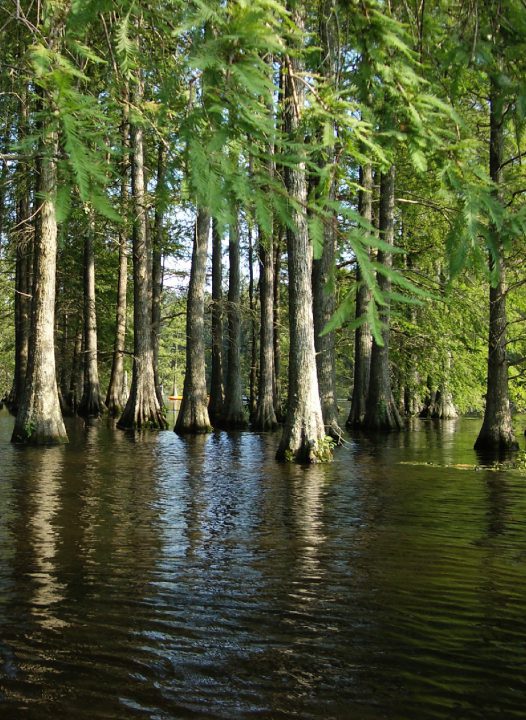
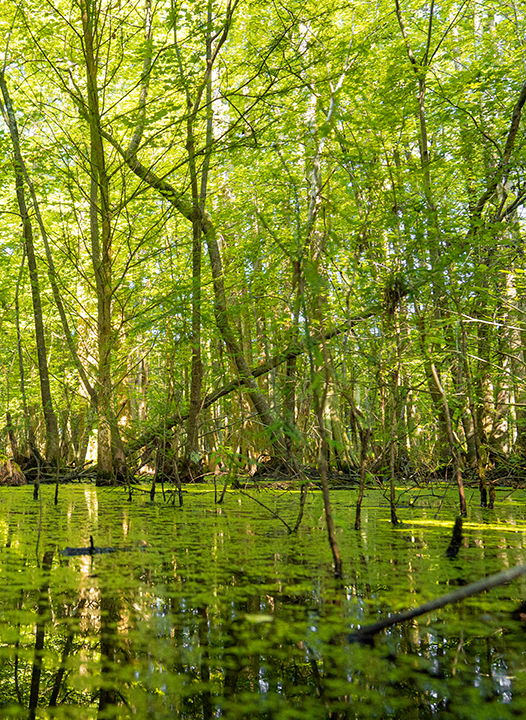
Responsible sourcing
Bottomland and wetland hardwood forests
Enviva pays special attention to responsible sourcing in bottomland/wetland hardwood forests, engaging with expert stakeholders who can assist us with our sourcing practices. To enhance our understanding of best management practices for bottomland and wetland hardwood forests, Enviva and the U.S. Endowment for Forestry and Communities co-convened a blue-ribbon panel of over 45 expert stakeholders in May 2016.
The panel, which included representatives of academic, non-profit, government, and industry groups, reviewed the science of bottomland and wetland hardwood forest management. A report detailing the findings from that workshop was released in November 2016. Enviva has incorporated the initial recommendations from the panel into our sourcing practices and Responsible Sourcing Policy.
Responsible sourcing
Sawmill and residual wood sources
Enviva purchases sawmill and wood industry residues in the form of sawdust, shavings or other waste products generated during the manufacturing process. Because we purchase this material from other wood products manufacturers who do not implement a Track & Trace® system like ours, we are currently unable to trace the wood all the way back to the specific forest from which it was originally harvested. However, all of Enviva’s sawmill and wood industry suppliers are required to provide us with information on the species they use, the general geographic source of their wood, and any certifications they maintain. Enviva verifies the accuracy of this information annually through supplier outreach, and we will not work with suppliers who refuse to provide the information we request.
